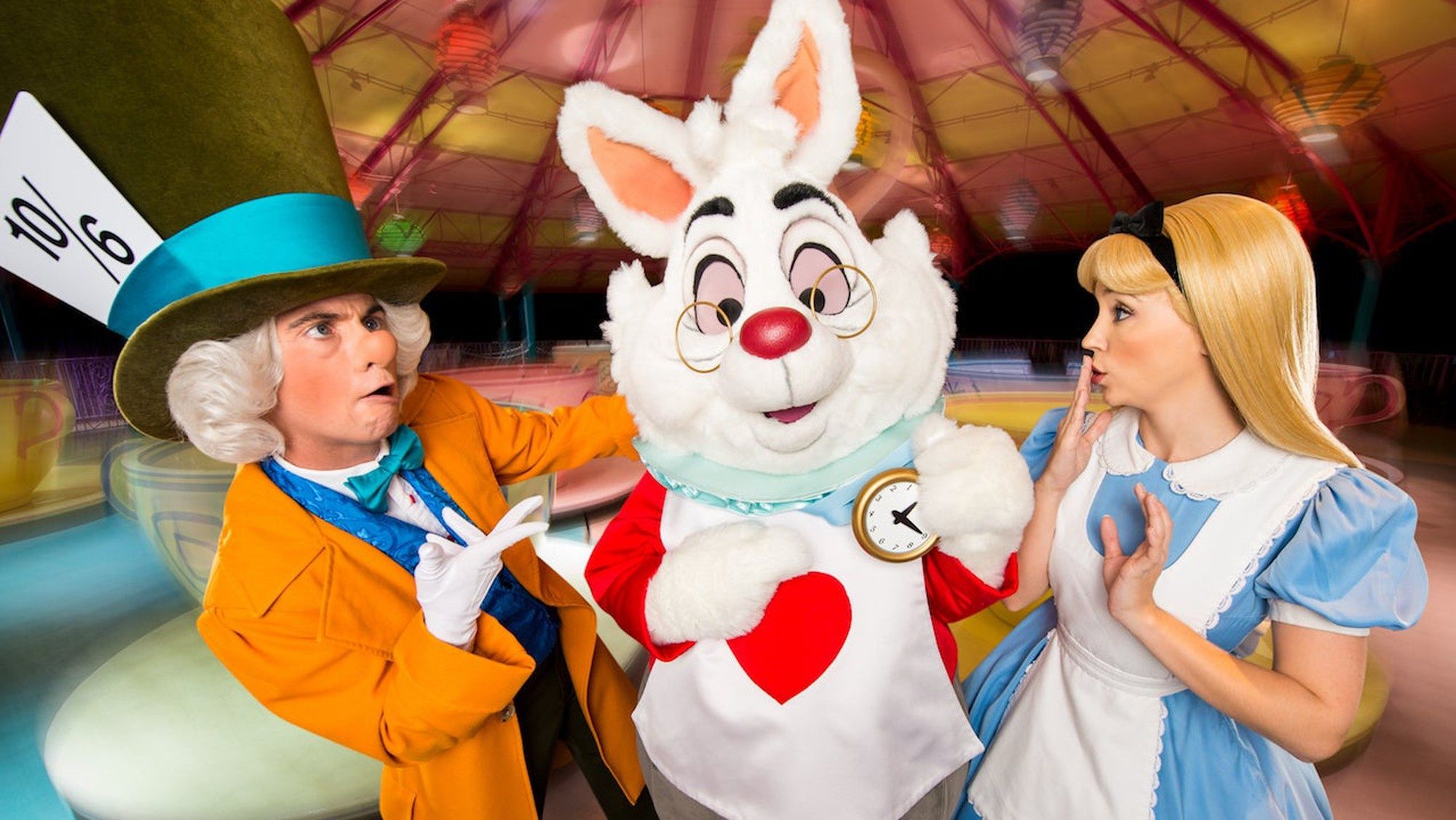
Image source. Disney.
If what Whitney Houston song is true and children are our future, it follows that there's money to be made in the companies that pamper the younger set. Two companies that fit the bill: Walt Disney (DIS +0.23%), the world's largest media empire of family-friendly companies, and Mattel (MAT +1.17%), the world's largest toymaker.
Neither company is perfect. Mattel may not be on top for long. Its annual revenue peaked at nearly $6.5 billion in 2013 and has declined in back-to-back years. The top line clocked in at $5.7 billion last year. Lego, on the other hand, has experienced a surge in popularity in recent years. The Danish bricklayer has seen its revenue grow from $2.3 billion in 2010 to $5.2 billion five years layer.
Analysts see another year of sliding sales for Mattel in 2016. They're targeting $5.55 billion this year. Lego, meanwhile, can grow its revenue at a sliver of last year's 25% pace and still surpass Mattel in 2016.
Disney is holding up relatively better. Revenue is still moving higher, up 7.5% to $52.5 billion in fiscal 2015. However, there are concerns about its largest segment, media networks, and how it will hold up in the future. Millennials are cutting the cord, and that's bad news for Disney's ESPN, Disney Channel, and ABC.
Stay positive
The two purveyors of products that are magnetic to children and children at heart also naturally have a lot of good things going for them. Mattel's top-line slide is being made worse by the strong dollar. It's holding up better on a constant currency basis.
Some of its toy lines are also holding up better than others. There was healthy 9% year-over-year growth at Fisher-Price in its latest quarter, and its construction and art products segment is growing even faster. There's been a significant slump in its boy brands and American Girl, but Barbie, the iconic Mattel brand, turned in flat sales after several years of declines.
Disney is also firing on most of its other cylinders. Its theme parks are enjoying record attendance levels, and its studio has been fortified with theatrical blockbusters after spending billions on Pixar, Marvel, and Lucasfilm.
Toying with value
Wall Street pros see Mattel finally turning things around next year. This is why the stock may seem outrageously expensive at 23 times this year's projected earnings but more reasonable at just 17 times next year's forecast. Disney is still the better bargain on that front, currently fetching a multiple of 17 for fiscal 2016 and just 16 for next fiscal year.
Both stocks pay dividends, though Disney's 1.4% is no match to Mattel's generous 4.8% payout. The sustainability of Mattel's distributions will rely on its ability to turn things around, but the climate gets kinder now that we know that digital diversions won't make traditional toys obsolete the way some worrywarts feared a decade ago.
Disney still gets the upper hand in terms of past performance and near-term growth prospects, but income investors who think Mattel will bottom out soon may naturally gravitate to the toymaker instead. We're going to spend money on our kids. You may as well profit form the experience.







